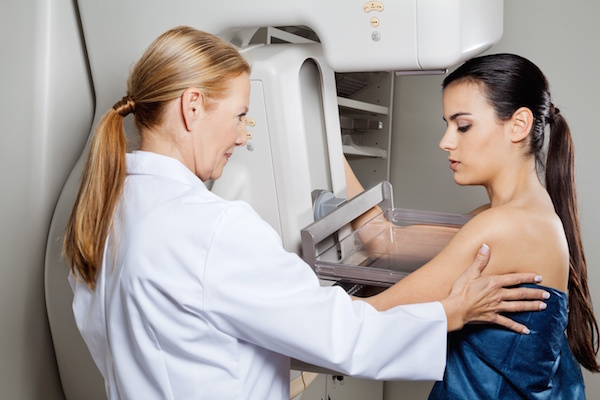
WEDNESDAY, Oct. 12 (HealthDay News) — The risk of developing deadly esophageal cancer for patients with a condition known as Barrett’s esophagus is significant, but not as dire as once reported, a large new Danish study suggests.
Analyzing records from Denmark’s entire population of 5.4 million people, researchers determined that those with Barrett’s esophagus — a disorder often brought on by chronic reflux — are about 11 times as likely as those without it to develop esophageal cancer, a substantial drop from the 30- or 40-factor increase reported in prior research.
This particularly lethal form of cancer, which grew in prevalence in the United States six-fold between 1975 and 2001, occurs more often in older white men and has risk factors that include obesity and frequent heartburn. Patients with Barrett’s esophagus, which sometimes produces abnormal cells, are typically monitored with frequent endoscopies, tests in which thin tubes with cameras are inserted into the esophagus and stomach to detect changes in cells lining the organs.
Study author Dr. Peter Funch-Jensen, a professor of surgery at Hamlet Hospital and Clinical Institute at the University of Aarhus, said the results indicate that Barrett’s esophagus patients can probably undergo fewer invasive endoscopies. Patients with low- or high-grade cell dysplasia — abnormal cells that are often a pre-cursor to cancer — remain at much higher risk, however.
“The clinical implication is that patients with Barrett (without dysplasia) should probably only be investigated [with endoscope] the first year and hereafter no further endoscopy is necessary, unless new symptoms appear,” Funch-Jensen said. “Esophageal cancer has increased in incidence during the last years … if it increases very much further, the situation may change. Also, it is a possibility that we will discover other risk factors that will pinpoint a subset of patients that may benefit from surveillance.”
The study is published Oct. 13 in the New England Journal of Medicine.
Using records from the Danish Pathology Registry and the Danish Cancer Registry from 1992 through 2009, Funch-Jensen and his team identified about 11,000 patients with Barrett’s esophagus and analyzed their data for an average of five years. While those with the condition were found to have a much higher chance of developing esophageal cancer compared to the general population, only 0.12 percent go on to develop it each year — much lower than the assumed risk of 0.5 percent, according to the study.
The 197 cases of esophageal cancer diagnosed among all patients known to have Barrett’s esophagus represented only 7.6 percent of all such cases. During the same period, 2,602 new cases of esophageal cancer were diagnosed in the general population.
U.S. experts said the results of the study weren’t surprising, though they probably wouldn’t affect the standard of care established for Americans with Barrett’s esophagus, who tend to undergo frequent endoscopies.
“I don’t think based on this one study alone, we can actually make policy changes and certain societal recommendations about screening,” said Dr. Anthony Starpoli, a gastroenterologist at Lenox Hill Hospital in New York City. “For me, what this does is let me tell the patient, ‘I think you have a little less to worry about.’ I think we can reassure our patients to allay the fear.”
Dr. David Bernstein, chief of gastroenterology at North Shore University Hospital in Manhasset, N.Y., praised the study as “important and interesting” but emphasized that the cancer risk is still significant in those with Barrett’s esophagus.
“We really don’t have good guidelines in this country for screening patients with Barrett’s for cancer, unless we find dysplasia,” he said. “Whenever we mine a database, we’re looking at numbers, not patient charts, so we don’t necessarily have the full story. I think we’d need to have a similar type of study done here.”
More information
The U.S. National Library of Medicine has more information on Barrett’s esophagus.

